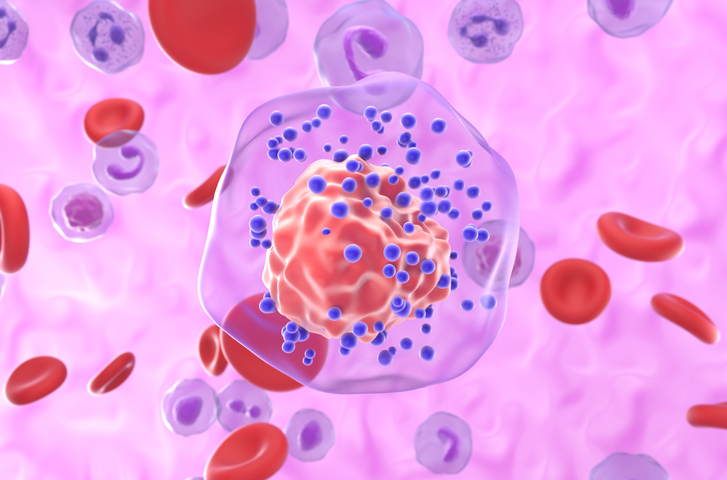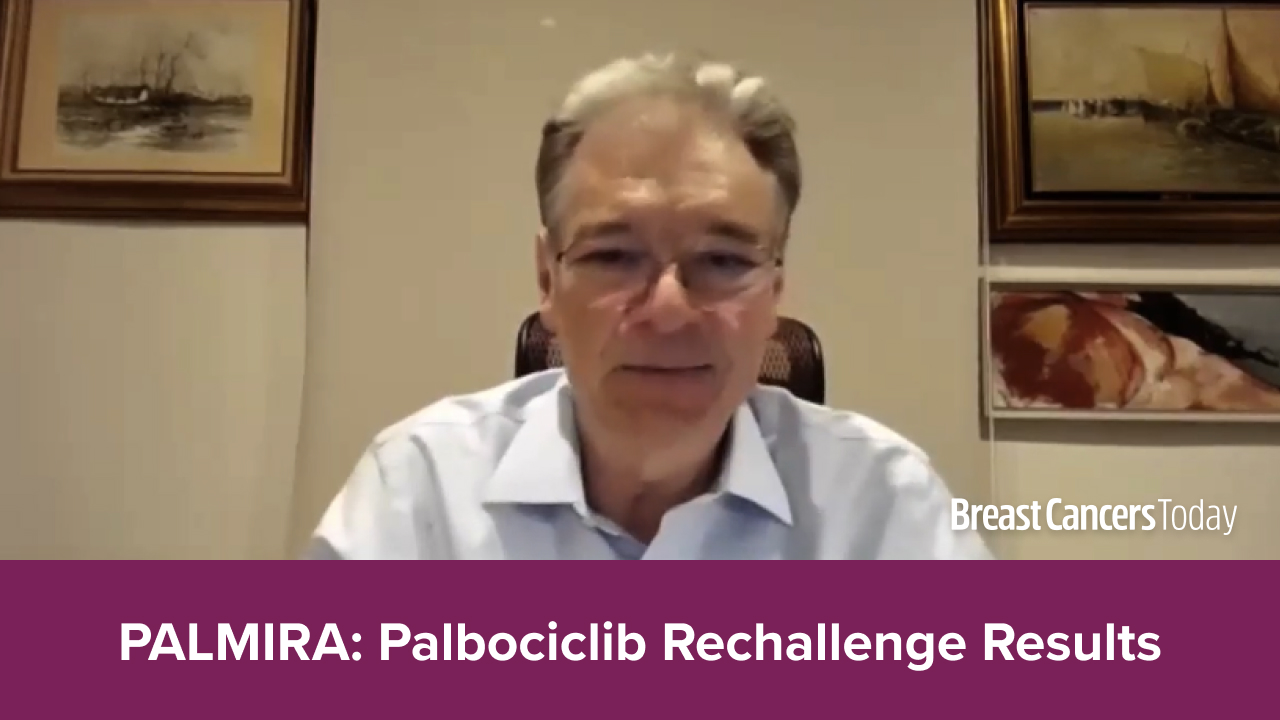
The Food and Drug Administration has granted priority review for trastuzumab deruxtecan for the treatment of human epidermal growth factor receptor 2-positive (HER2+) metastatic breast cancer. If approved, the experimental drug, a joint effort from AstraZeneca and Daiichi Sankyo, would compete with longstanding HER2+ drug trastuzumab, marketed as Herceptin and manufactured by Roche.
Study Outcomes: Trastuzumab Deruxtecan
Two reports published this year detailed outcomes associated with trastuzumab deruxtecan; both appeared in The Lancet Oncology, and one reported phase 1 trial results in HER2+ advanced-stage breast cancer patients previously treated with trastuzumab emtansine who received trastuzumab deruxtecan. Patients received the recommended doses for expansion of 5.4 mg/kg or 6.4 mg/kg trastuzumab deruxtecan intravenously once every three weeks. Patients were treated until study withdrawal, unacceptable toxicity, or progressive disease. The main outcome measures were safety and preliminary activity. Over about a three-year period, 115 of 118 HER2+ breast cancer patients received at least one dose of trastuzumab deruxtecan at the recommended doses for expansion. At least one treatment-related adverse event (AE) occurred in all patients. The most common grade 3 or worse AEs were anemia (17%) and decreased neutrophil (14%), white blood cell (9%), and platelet (8%) counts; 19% of patients had at least serious treated-related AE. Twenty cases of interstitial lung disease, pneumonitis, or organizing pneumonia were reported; this included one grade 3 event and two treatment-related deaths as a result of pneumonitis. One death occurred that was not related to the study. An objective response was confirmed in 59.5% of patients.
The DESTINY-Breast01 trial is a phase 2 study that, according to a press release, achieved similar outcomes to those seen in the phase 1 trial data. Results from this study will be presented in December at the San Antonio Breast Cancer Symposium.
Study Outcomes: Trastuzumab
A 2017 study published in The Lancet reported 11-year outcomes for women with HER2+ early breast cancer taking trastuzumab. The trial included 5,102 women from hospitals spanning 39 countries. Women were randomized 1:1:1, after completing primary therapy (surgery, chemotherapy, and/or surgery), either to receive trastuzumab for one year (once at 8 mg/kg of bodyweight intravenously, then 6 mg/kg once every three weeks) or for two years (with the same dose schedule), or to the observation group. The main outcome measure was disease-free survival. The final analysis included 5,099 patients randomized to the observation (n = 1,697), one-year trastuzumab (n = 1,702), and two-year trastuzumab (n = 1,700) groups. Median follow-up time was 11 years. Patients assigned to the one-year trastuzumab group, compared to the observation group, had a significantly lower risk of a disease-free survival event (hazard ratio [HR] 0.76, 95% confidence interval [CI] 0.68–0.86) and death (HR 0.74, 95% CI 0.64–0.86). compared to the one-year group, two years of add-on trastuzumab was not associated with improved disease-free survival (HR 1.02, 95% CI 0.89–1.17). Ten-year disease-free survival rates were 63% in the observation group and 69% in both trastuzumab groups. More than half (52%) of the observation group switched to a treatment group. Cardiac toxicity was most frequent during the treatment phase but low in all three groups; secondary cardiac endpoint incidence rates were 7.3% in the two-year trastuzumab group, 4.4% in the one-year trastuzumab group, and 0.9% in the observation group.
According to the Herceptin website, the treatment is indicated for use in HER2+ metastatic breast cancer patients in conjunction with another therapy, or alone after other therapies have been attempted.
According to drugs.com, 150 mg Herceptin intravenous powder for injection costs about $1,636.49.







 © 2025 Mashup Media, LLC, a Formedics Property. All Rights Reserved.
© 2025 Mashup Media, LLC, a Formedics Property. All Rights Reserved.